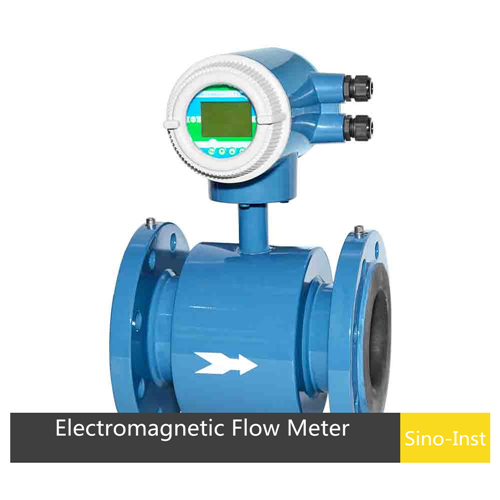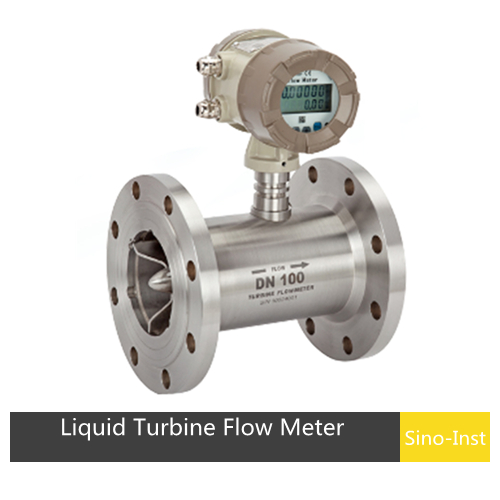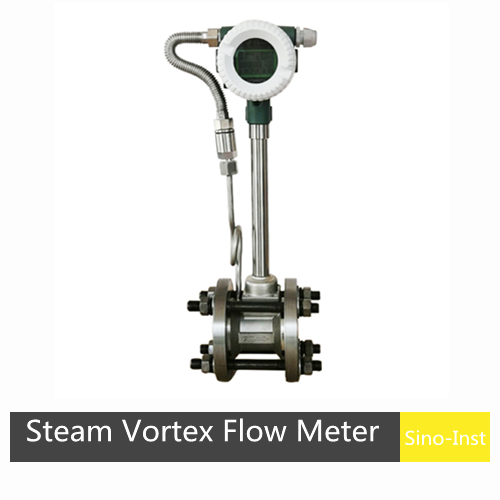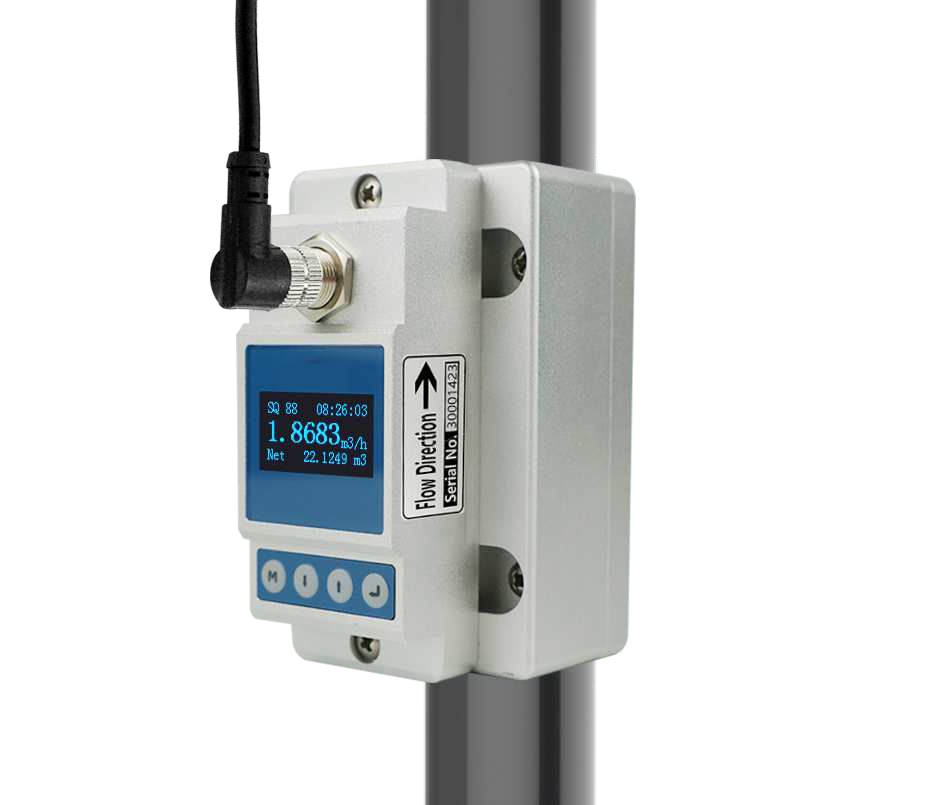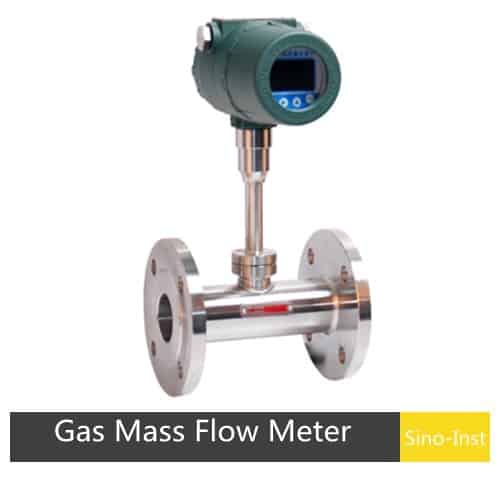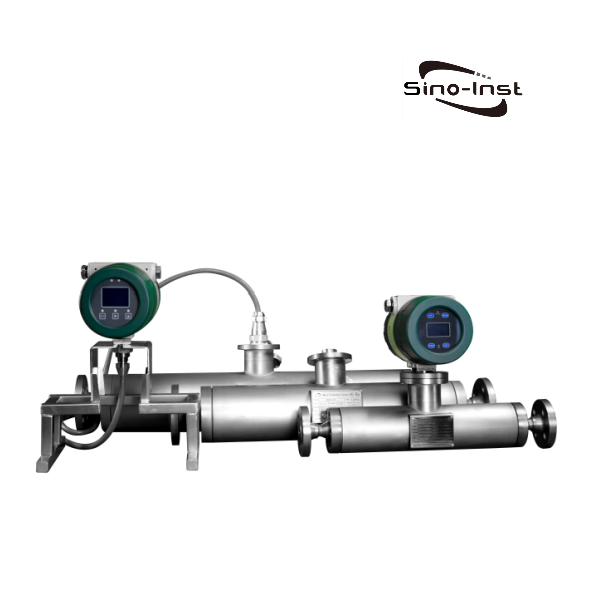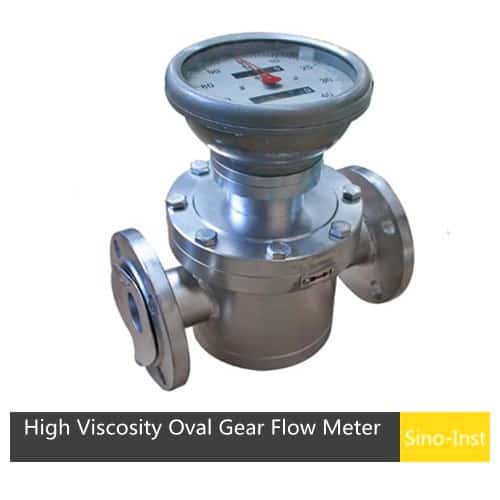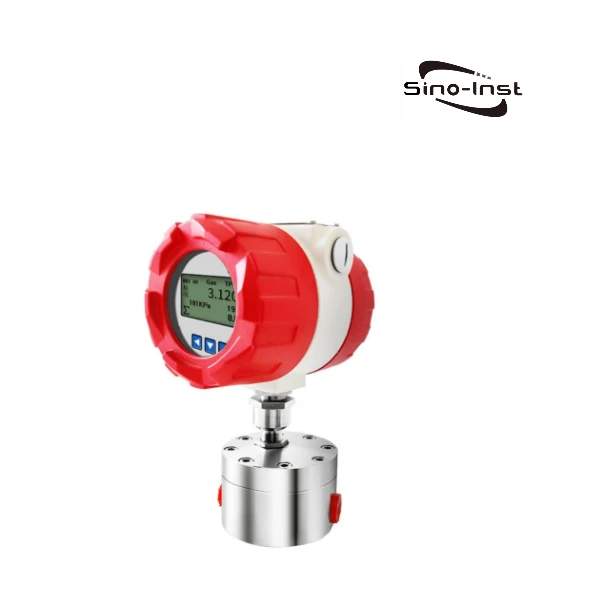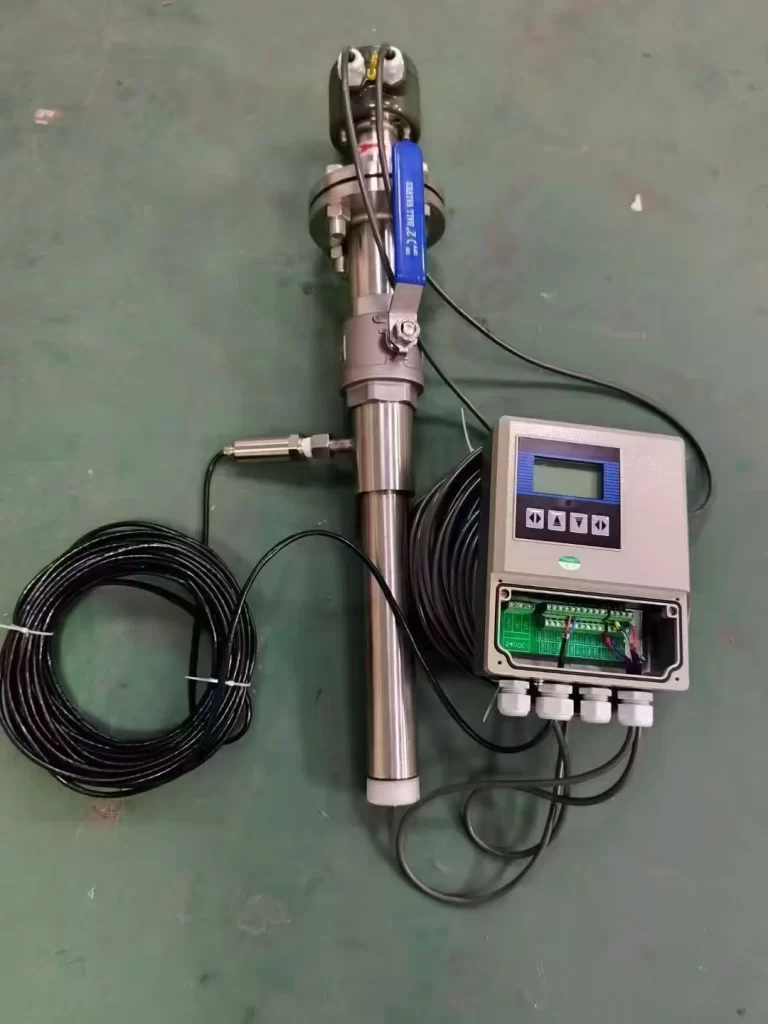
While turndown is often included in flow meter specifications, few people can explain its meaning. Regardless of the flow rate in your facility, choosing the right flow meter isn’t just about size or cost. Turndown is one of the most critical and often overlooked factors.
This article will provide a comprehensive understanding of flow meter turndown and adjustable range: What is a flow meter’s turndown? Why is it so important? We’ll also discuss the turndowns of different flow meter types, and more.
What is Turndown Ratio in Flow Meters?
Turndown ratio is often also called the turndown ratio. It indicates the flow range over which a flow meter can accurately measure. In other words, turndown ratio is the ratio of the upper to lower limits of the measuring range. At the upper end, the flow meter remains within its accuracy specifications. It is usually expressed as a ratio and calculated using a simple formula.
Turndown ratio = Maximum flow rate / Minimum flow rate
For applications with large flow fluctuations, it is important to select a flow meter with a high turndown ratio. If the process flow is stable, then turndown ratio is not an important consideration when selecting a flow meter.
Example:
If you have a flowmeter with a 50:1 turndown ratio and a maximum flow rate of 20 liters/minute, it can accurately measure flows as low as 0.4 liters/minute (20 L/minute ÷ 50 = 0.4 L/minute). Below that value, accuracy may exceed acceptable limits.
For another example, suppose you have a flow meter with a minimum flow range of 2 GPM and a maximum flow range of 10 GPM. Comparing these minimum and maximum values determines the turndown ratio. The turndown ratio is 5:1. This ratio only considers the range within which the flow meter meets its accuracy specifications.
Why Turndown Ratio is Important when Selecting a Flow Meter?
In flow measurement, turndown directly impacts flow meter accuracy and process efficiency. Therefore, turndown is one factor to consider when selecting flow meter technology for a specific application.
A higher turndown ratio enables a single flow meter to more accurately measure both high and low flow rates. It can prevent inaccurate readings during flow fluctuations. High-turndown flow meters also allow for more robust process control. You no longer need to switch between different flow meters at low flow rates.
This ensures that flow meter accuracy remains within a safe and reliable range, even when flow rates are below full capacity. Using a single high-turndown flow meter is more cost-effective than installing multiple narrow-range flow meters, and simplifies installation and maintenance.
If your flow meter performs well only at high flows but has a low turndown ratio. Then the readings may be inaccurate or even nonexistent at low flows. For example, a meter with a 10:1 turndown ratio will be inaccurate below 100 gph.
Typical Turndown Ratio of Various Meter Types
Different types of flow meters have different turndown ratios. Within a specific technology type, turndown ratios can vary significantly. Some flow meters have wide ranges (e.g., electromagnetic flow meters and thermal mass flow meters). Others have narrow ranges (e.g., orifice plate flow meters). Besides, meter manufacturers also specify the turndown ratio of their products.
| Type | Typical Turndown |
| Thermal Mass Flow Meter | 100:1 (up to 1000:1 in some cases) |
| Magnetic Flow Meters | 20:1 to 100:1 |
| Coriolis Flow Meter | 10:1 to 30:1 (100:1 or higher in some cases) |
| Orifice Flow Meter | 3:1 to 10:1 |
| Ultrasonic Flow Meter | 20:1 to 100:1 (up to 250:1 in some cases) |
| Vortex Flow Meter | 10:1 to 30:1 |
| Turbine Flow Meter | 10:1 to 40:1 (up to 100:1 under ideal conditions) |
| Positive Displacement Flow Meter | 10:1 to 100:1 |
What is the Turndown Ratio for Thermal mass flow meters?
Thermal mass flow meters typically have a turndown ratio of 100:1. Some manufacturers offer even higher turndown ratios. And some models offer turndown ratios as high as 1000:1. This wide turndown ratio is a significant advantage in applications with widely varying flow conditions.
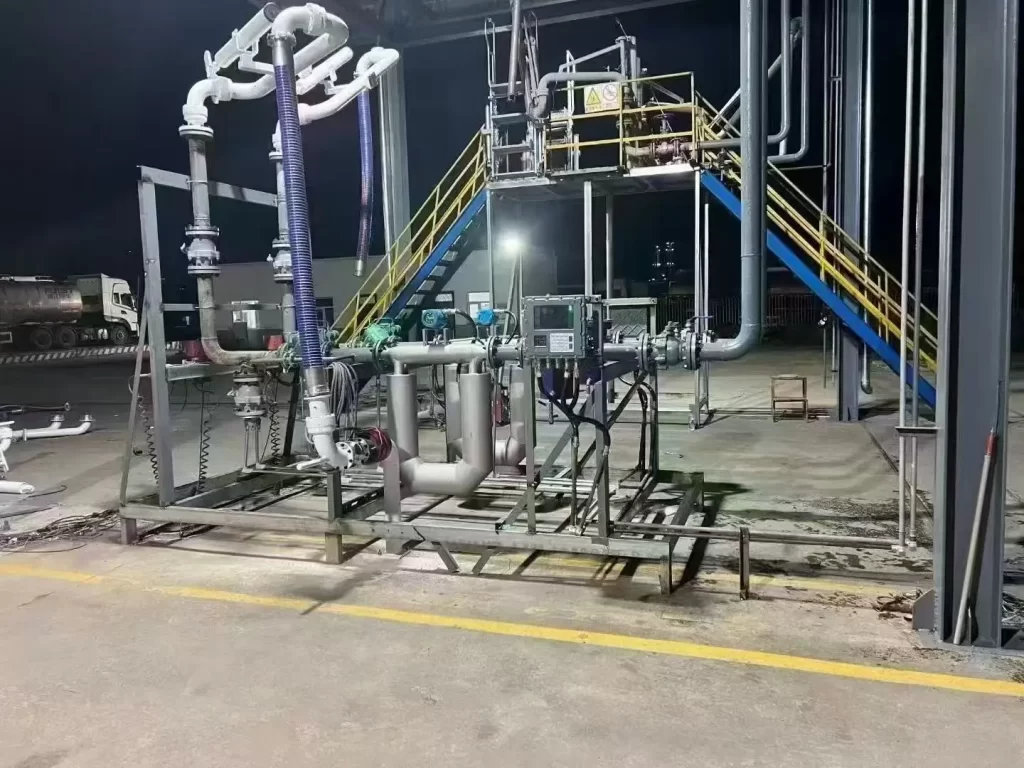
What is the Turndown Ratio for Magnetic Flow Meters?
Magnetic flow meters typically have turndown ratios of 20:1 to 100:1. However, advanced models can have higher turndown ratios. Some even have turndown ratios of 400:1 or more. Magnetic flow meters generally have higher turndown ratios than other types of flow meters.
What is the Turndown Ratio for Coriolis Flow Meters?
Coriolis flowmeters typically have turndowns of 10:1 to 30:1. Higher turndowns (in some cases 100:1 or higher) are possible with advanced models or under specific conditions.
What is the Turndown Ratio for Orifice Flow Meters?
Orifice flowmeters typically have turndown ratios between 3:1 and 10:1. However, a common range in practice is 3:1 to 5:1.
What is the Turndown Ratio for Ultrasonic Flow Meters?
Ultrasonic flow meters typically have a turndown ratio of 50:1 to 100:1, but some models have a turndown ratio as high as 250:1.
What is the Turndown Ratio for Vortex Flow Meters?
Vortex flow meter turndowns typically range from 10:1 to 30:1.
What is the Turndown Ratio for Turbine Flow Meters?
Turbine flow meters typically have turndown ratios of 10:1 to 40:1. But some models can achieve higher turndown ratios, up to 100:1 under ideal single-fluid conditions.
What is the Turndown Ratio for Positive Displacement Flow Meters?
Positive displacement flow meters typically have turndown ratios of 10:1 to 50:1. However, under certain conditions, ranges as high as 100:1 are possible.
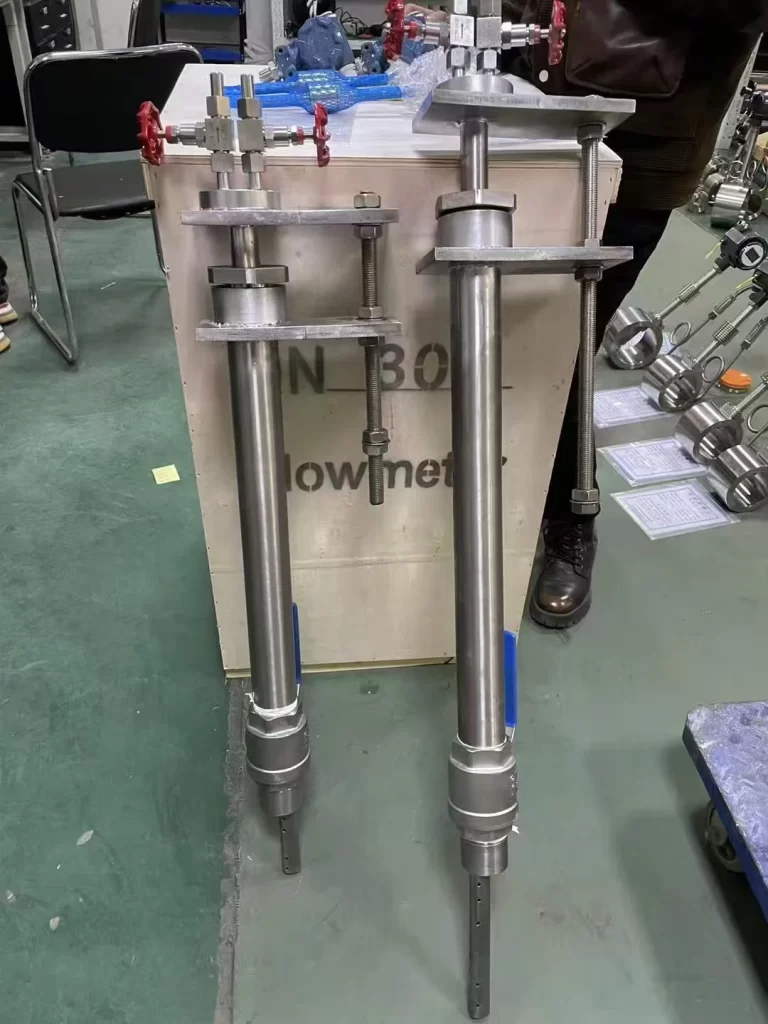
How to Choose the Right Turndown Ratio?
When selecting the appropriate turndown ratio, it’s important to consider both the minimum and maximum flow rates. A flowmeter with a turndown ratio that accommodates the entire operating range should be selected. It’s best to leave some margin.
For applications with high flow rates, a higher turndown ratio maintains accuracy across the entire flow range. However, a flowmeter with an excessively large turndown ratio may experience performance degradation when measuring low flow rates. For relatively stable processes, a lower turndown ratio may be sufficient and more cost-effective.
More Flow Measurement Solutions
Turndown ratio is a critical feature. It enables these meters to accurately measure flow and other parameters over a wide range. A high turndown ratio reduces waste, lowers operating costs, and improves system stability and accuracy. This, in turn, improves energy efficiency and operational flexibility. In short, turndown ratio is crucial for industrial processes and equipment.
-1.jpg)
